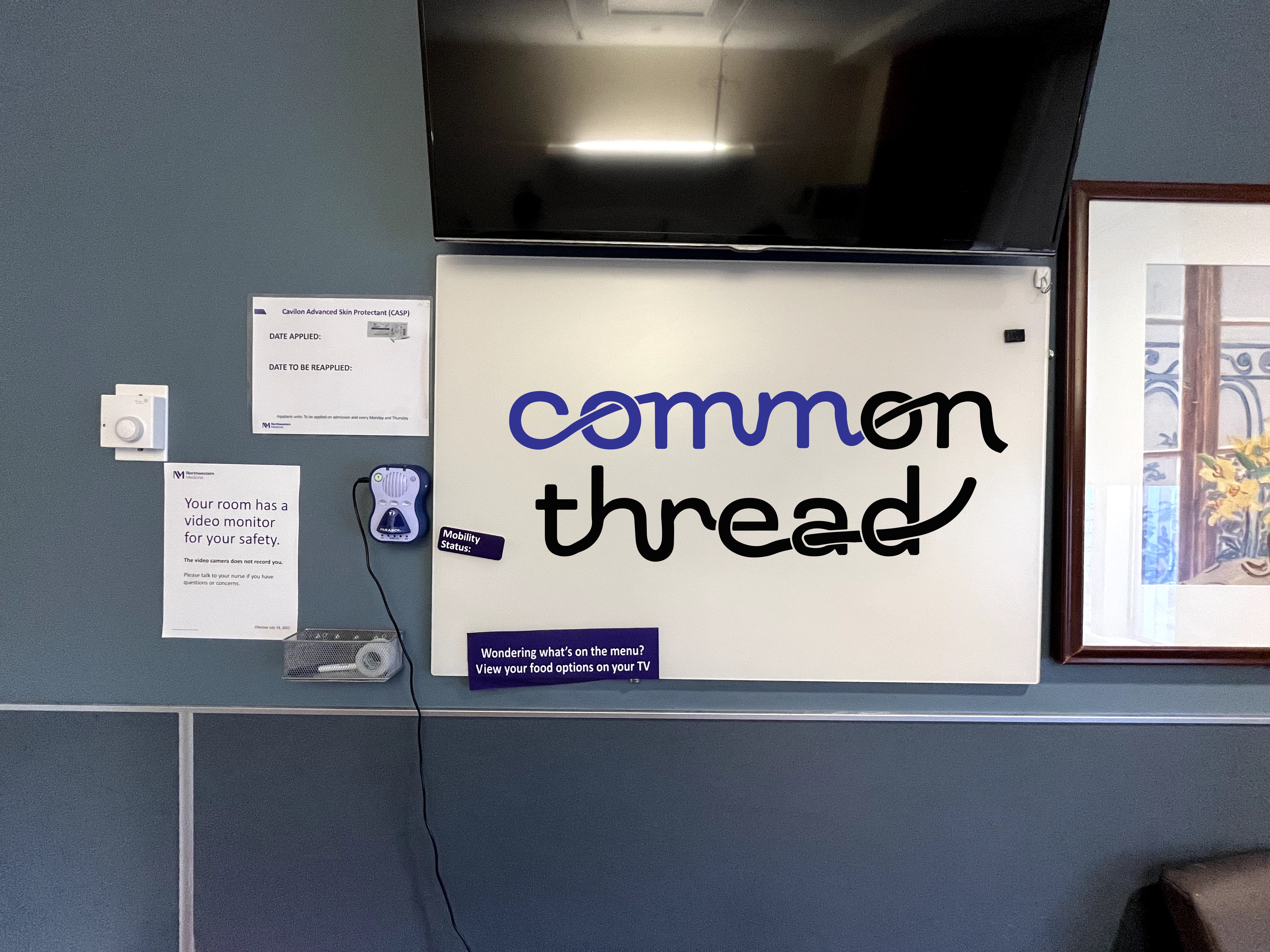ABOUT THE PROJECT
Improving communication & call lights for patients with disabilities
the CHALLENGE
People with disabilities face greater barriers to quality care in the healthcare system. Doctors at Northwestern Medicine noticed one specific problem in the hospital: Standard call buttons are not accessible for people with communication disabilities.
Role
Service Design, User Research, Storytelling
Context
Academic studio project
3 months (Jan. - Mar. 2024)
Team
Darya Daneshmand, Tracy Do, Hannah Hachamovitch, Audey Shen, Cypher Wang
Relevance to my Design Perspective
Work at the intersection of service design & inclusive design, an area of personal relevance and professional interest.
Experience with empathetic & trauma-responsive design in healthcare.
Designed an immediately implementable service solution to meet stakeholders where they are.
fast forward: The Solution
Our solution centralizes and highlights patients' communication preferences
Part 1: A patient survey to create a collaborative communication plan
Features include:
Personalized with patient’s name
Patient & doctor sign off on the plan
Explanation that these preferences are flexible and can change as needed or preferred
Part 2: An in-room Communication Hub for immediate implementation
Features include:
Paper poster that can be laminated and attached to any surface
Movable communication preference tiles that can attach with tape, velcro, or magnets
Dynamic "Notes" area for family & care team to add important information
DESIGN PROCESS
How did we get there?
Assessing my pov
Balancing personal relevance with the complexity of healthcare
I have several people in my life with communication disabilities and those who use American Sign Language to communicate, so I was excited to get more experience with inclusive design.
But healthcare is a complex system, and people with disabilities face greater barriers to quality care, so I wanted to ensure this project was done thoughtfully and thoroughly.
Stakeholder & User Interviews
Our team interviewed stakeholders & observed their roles in practice
to better understand how communication preferences are currently accommodated in the hospital.
insight
Medical documentation is standardized, but sharing of communication preferences is not
IDEATION
Reframing the problem & brainstorming
How might we enable standardized documentation of a patient's communication needs and preferences in order to ensure consistent awareness and accommodation?
Final solution
A service easing communication for patients and care teams across the hospital experience
FINAL HAND-OFF
Creating deliverables that inform and make implementation simple
I designed our final presentation to succinctly convey our findings and explain how our solution can be used right away.
Our Hand-Off Guide provided our project sponsors with the research backing our solution and the instructions for implementation.
Key Takeaways
What I Learned
Designing at the intersection of service design and inclusive design, I learned a lot about examining services at the system level and considering a wide range of users.
How to fit my research into healthcare stakeholders' schedules and consider different roles and responsibilities.













